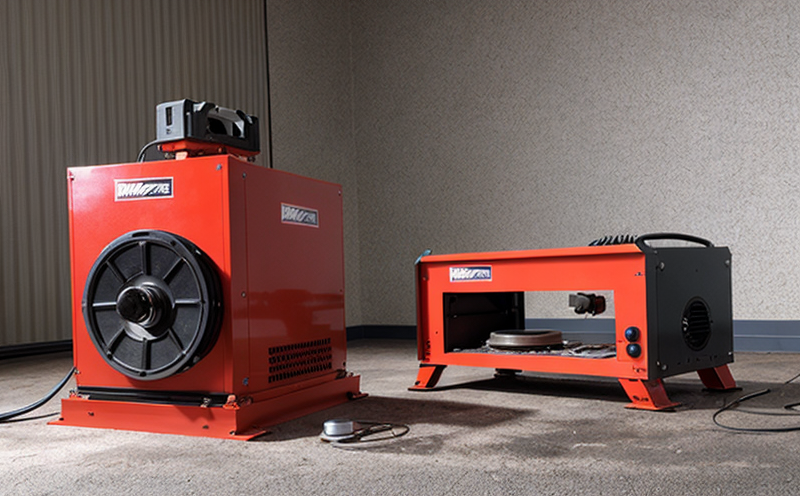IEC 60721 Environmental Shock and Vibration Classification
The International Electrotechnical Commission (IEC) standard IEC 60721 provides a framework for classifying environmental shocks and vibrations that may be encountered by electrical, electronic, and mechanical equipment during its operational life. This classification is essential for ensuring the durability and reliability of products across various sectors including automotive, aerospace, consumer electronics, and industrial machinery.
IEC 60721 defines a method to determine the environmental exposure conditions that a product might encounter in use and storage. By classifying these exposures, manufacturers can design products to withstand such stresses without compromising their performance or safety. The classification involves evaluating shock and vibration events over time, with particular attention paid to peak levels, frequency content, duration, and direction.
The process of IEC 60721 compliance begins with understanding the specific environmental conditions that are likely to be encountered during a product's lifecycle. This includes identifying potential sources of shock and vibration such as road surfaces, rough terrain, or handling machines. Once identified, these conditions are classified into levels based on their severity and frequency. The classification is then used in conjunction with other standards like IEC 60724 for specific vibration testing.
The standard also provides guidance on specimen preparation, which involves ensuring that the test specimens accurately represent the end product. This includes considerations such as mounting methods, environmental chamber setup, and the use of appropriate sensors to measure shock and vibration parameters.
Instrumentation plays a critical role in IEC 60721 testing. High-precision accelerometers are used to capture acceleration data, while strain gauges may be employed for measuring structural responses. The collected data is then analyzed using statistical methods to determine the probability of product failure due to environmental exposure.
Reporting in compliance with IEC 60721 involves documenting all test parameters and results. This includes detailed information on shock and vibration levels, frequency response, duration of each event, and any observed or calculated damage thresholds. The report should also include recommendations for design improvements based on the findings.
The classification process is iterative, with feedback from initial tests informing subsequent designs and retests if necessary. This ensures that products are not only designed to meet but exceed IEC 60721 requirements, enhancing their overall quality and reliability.
Applied Standards
| Standard | Description |
|---|---|
| IEC 60721-1 | General information and guidelines for environmental shock and vibration classification. |
| IEC 60721-2 | Specific procedures for different types of shocks and vibrations. |
| IEC 60724-1 | Vibration testing methods applicable to electrical, electronic, and mechanical products. |
Industry Applications
- Aerospace: Ensuring components can withstand launch and landing stresses.
- Automotive: Evaluating durability of vehicle electronics under various road conditions.
- Consumer Electronics: Testing portable devices for robustness against user handling.
- Industrial Machinery: Assessing the reliability of equipment in harsh manufacturing environments.
Customer Impact and Satisfaction
The application of IEC 60721 ensures that products are not only designed to perform well under expected conditions but also to withstand unexpected environmental challenges. This leads to increased customer satisfaction as the products meet or exceed expectations for reliability and durability.
By adhering to this standard, manufacturers can reduce warranty claims and recalls, which in turn enhances brand reputation and customer loyalty. Additionally, compliance with IEC 60721 helps businesses meet regulatory requirements, thereby opening up new markets and opportunities for international trade.





